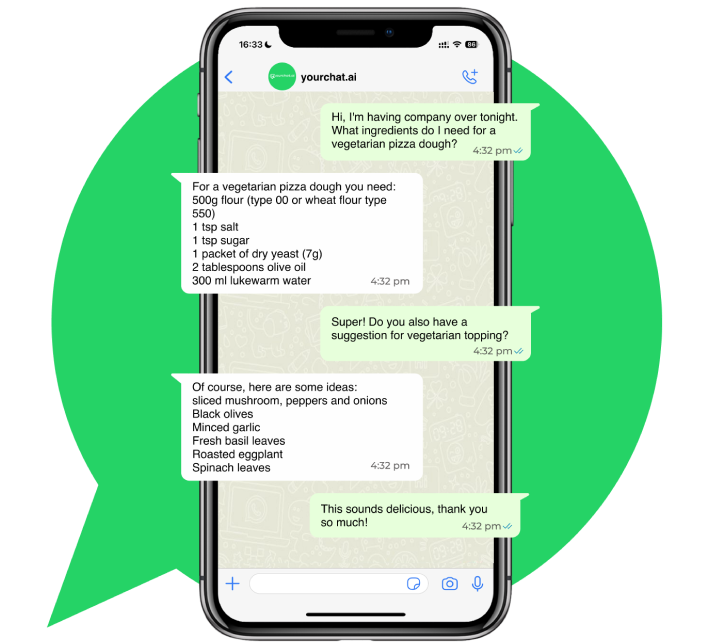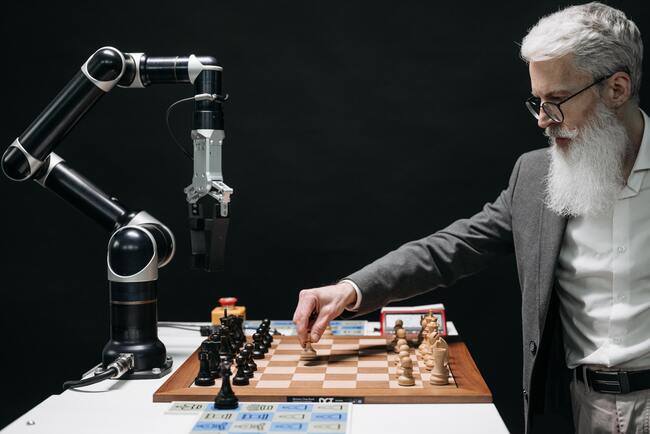In today’s business environment, staying ahead means adopting the latest technology. Software advancements are not just about upgrading systems or introducing new features; they transform how industries operate, compete, and thrive. Let’s delve into the critical software innovations setting the stage for a revolution in several key industries.
Revolutionizing Customer Relationship Management
Customer Relationship Management (CRM) systems have long been a staple in enhancing business interactions and customer retention strategies. However, the latest developments in CRM software are pushing the boundaries beyond mere interaction. Today’s CRM technologies incorporate advanced artificial intelligence and machine learning algorithms to predict customer behavior, personalize communications, and drive engagement more effectively than ever.
By analyzing data patterns and customer interactions, these intelligent systems can forecast future buying behaviors, recommend tailored product offerings, and automate personalized marketing strategies. Businesses equipped with these sophisticated tools are seeing increased customer satisfaction and significant improvements in their sales and marketing effectiveness.
The Evolution of Supply Chain Management
As globalization intensifies, the complexity of managing supply chains has escalated. Traditional methods are proving inadequate in handling the intricate networks of suppliers, distributors, and customers spread across the globe. Enter the new era of supply chain management software designed to bring efficiency and precision to these complex systems.
Modern supply chain solutions offer real-time data analytics, predictive modeling, and comprehensive visibility across the entire chain. These tools enable businesses to anticipate disruptions, manage risks more effectively, and maintain continuity in operations. Notably, integrating IoT devices and advanced analytics into supply chain software allows companies to accurately track products from factory to consumer. This capability is particularly vital in industries where the timing and condition of goods are crucial.
Innovating Financial Technologies for Seamless Transactions
The financial sector has witnessed a radical transformation with the advent of fintech software solutions. These tools are not just about making transactions faster; they aim to make them smarter. Fintech applications utilize blockchain technology, smart contracts, and robust security protocols to ensure that transactions are swift but also secure and transparent.
From mobile banking applications that allow 24/7 access to financial services to complex algorithms that provide personalized investment advice, FinTech makes financial inclusivity and sophistication accessible to everyone. With the rise of cryptocurrency and digital wallets, these software solutions are setting new standards for how money is stored, spent, and invested, making financial services more adaptable to the needs of the modern consumer.
The Rise of Project Management Software
Project management has evolved significantly by introducing dedicated software designed to enhance efficiency, collaboration, and tracking in projects of all sizes. These tools are indispensable in today’s business environment, where team collaboration often spans different time zones and continents.
Project management software offers a plethora of features, such as task assignment, progress tracking, resource allocation, and deadline management, all within a single platform. The integration of cloud computing has further enhanced these systems, allowing team members to update, communicate, and collaborate in real-time, irrespective of their physical location. This capability speeds up project completion rates and improves the accuracy and quality of the work being delivered.
Transforming Media Industries with Asset Management Software
The media industry, known for its dynamic content and rapid production cycles, has embraced a transformative solution: asset management software. This technology is revolutionizing how media companies store, access, and manage their vast libraries of digital assets. Managing these assets efficiently, from high-resolution videos and images to complex audio files and multimedia presentations, is critical for timely and successful content delivery.
Media asset management software provides a centralized platform where all digital assets are cataloged, stored, and easily accessible. This centralization eliminates the redundancy of files and ensures all team members can access the latest versions. Advanced tagging and search functionalities allow quick retrieval of assets, significantly reducing the time spent searching for files across scattered databases and drives.
The integration of cloud-based solutions has elevated the functionality of these systems. Media asset management software for seamless workflow in the cloud supports real-time collaboration among geographically dispersed teams. Whether editors in New York need to access footage stored in Los Angeles or designers in London need to pull up assets used by colleagues in Tokyo, cloud solutions ensure that all necessary materials are just a few clicks away. This speeds up the production process and enhances creativity by making a broader range of assets readily accessible for any project.
Enhancing Educational Experiences Through E-Learning Software
Education technology has undergone significant transformations, with e-learning software at the forefront of this educational revolution. Modern e-learning platforms are designed to accommodate diverse learning styles and paces, making education more accessible and inclusive than ever before.
These platforms offer interactive courses, real-time feedback, and personalized learning pathways that adapt to each student’s individual learning progress. With features such as video lectures, interactive simulations, and collaborative projects, e-learning software makes learning more engaging and effective. Schools and universities leverage these tools to extend their reach beyond traditional classrooms, offering students around the globe the opportunity to participate in their programs.
The ability of e-learning software to integrate with other educational tools and platforms also enhances the learning experience. It provides educators and students with a comprehensive suite of tools to support their educational journey. This integration facilitates a more cohesive, interactive learning environment that encourages student engagement and retention.
The future looks promising as these technologies continue to evolve, offering even more advanced solutions that will undoubtedly reshape our approach to business, healthcare, education, and media production. By embracing these technologies, industries can not only anticipate the needs of the future but also actively shape them.




